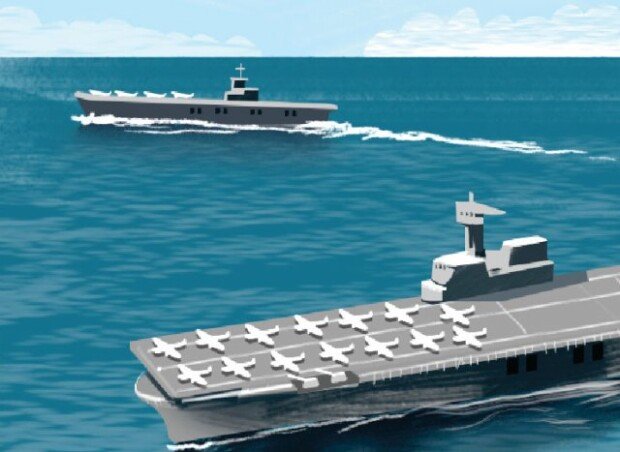Misjudgment of Japanese fleet
Misjudgment of Japanese fleet
Posted January. 14, 2020 07:55,
Updated January. 14, 2020 07:55

Back in June 1942, Japanese warships were crossing the Pacific Ocean, heading for Midway where the nearest U.S. base was stationed. The battle of Midway is, no doubt, the most critical engagements in the Pacific War, even more critical than Japan’s attack on Pearl Harbor. Back then, Japan had eight aircraft carriers, 23 cruisers and 11 battleships, one of which was Yamato, the best battleship in the world at that time. In contrast, the United States had only two aircraft carriers, zero battleship, and a third of the cruises and destroyers Japan had. The U.S. torpedo planes were called “flying coffins” while its torpedoes frequently failed to launch. Indeed, its torpedo planes did not have any noticeable achievement and were stricken down, the opposite the Japanese Zerosen fighter, which was a source of fear though its weaknesses were revealed later. One might find it difficult to believe this especially because it was probably the last time the U.S. was in such a situation, but the nation was at such a disadvantage back then.
For some reason, however, Japan kept making mistakes in the war that seemed impossible to lose. It is worth noting that both the U.S. and Japanese commanders were novice, but, unlike Nagumo of Japan, Spruance of the U.S. showed good judgment, revealing important differences in the two countries’ people management systems. However, there was one mistake that overshadowed the rest. Japan split its fleet into three, one of which headed for the Aleutian Islands to decoy the U.S. fleet only to realize that its enemy did not even have a fleet to be decoyed.
At a critical moment, the United States brought out the UUS Yorktown, which was being repaired, into the sea. What was going to be a disproportionate war, where Japan had eight aircraft carriers and the United States had two, became a war of four aircraft carriers versus three. Why did Japan make such a fatal mistakes? Probably, it was afraid of the power of the U.S. arms industry. It might have felt pressure to make as big a dent in the U.S. military as possible in order to minimize its loss before the United States went all out with the war. This fear might have affected Japan’s ability to see the reality and adopt the right strategy. The best way of dealing with the issues at hand is to identify the issues as they are and be honest with where you are right now, although this is difficult both for individuals and nations.
Headline News
- N. Korea launches cyberattacks on S. Korea's defense companies
- Major university hospital professors consider a day off each week
- Italy suffers from fiscal deficits from ‘Super Bonus’ scheme
- Inter Milan secures 20th Serie A title, surpassing AC Milan
- Ruling and opposition prioritize spending amid tax revenue shortfalls







